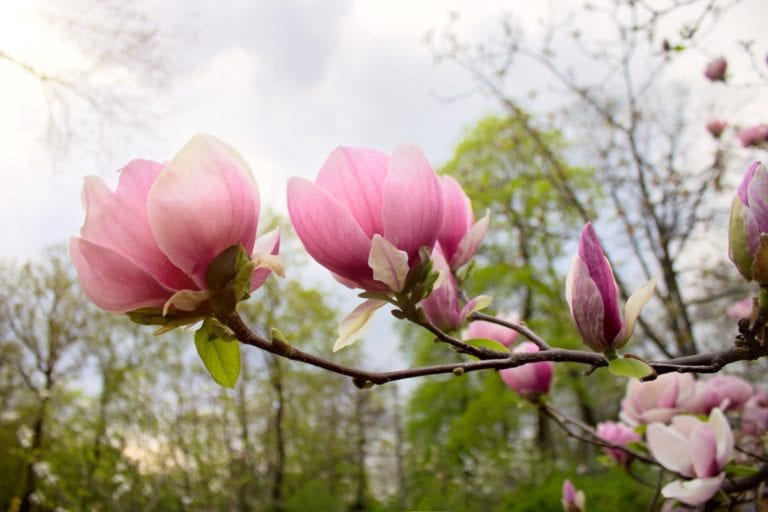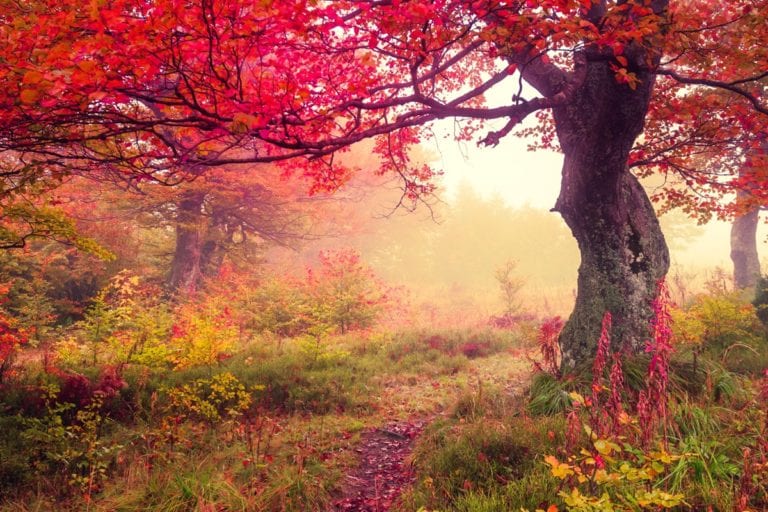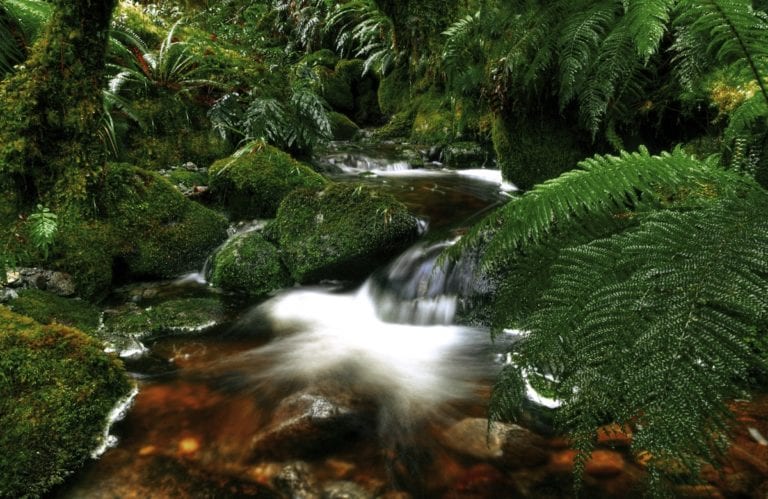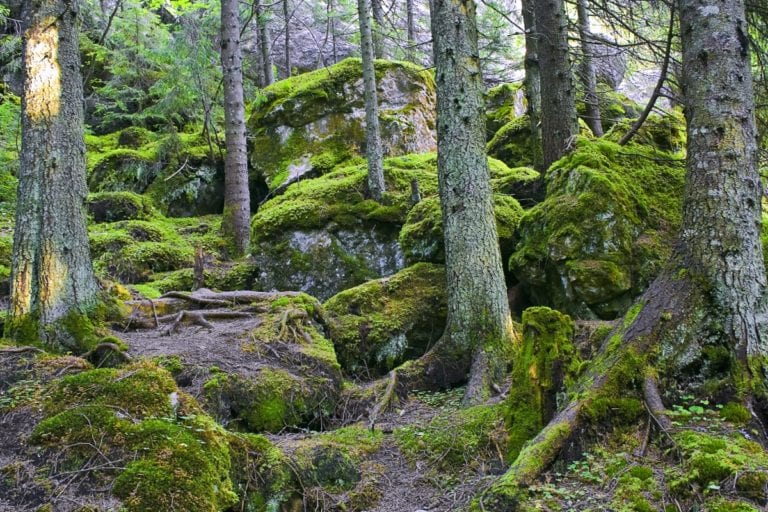893rd Week: A Meditation on Our Earth Family
One of the themes that has accompanied me throughout most of my adult life is how to support a shift away from our everyday humancentered thinking and behaving and to move toward the recognition that we are part of an Earth family. This kind of shift offers us a perspective that invites us to honor and respect the vast array of our other-than-human earth-kin, all the life and beings with whom we share this planet.
So much of Western philosophical and religious thinking has divorced our physical lives from our “spiritual lives”, holding an attitude that part of our journey here is to transcend this physical world. Thankfully, I think that this is no longer a dominant attitude to the degree it used to be, but it has been a source of great harm to our planet and our other earth-kin.
Thankfully, people such as Daniel Siegel, a psychiatrist who has become a dominant figure in the trauma resolution community along with others have developed approaches that challenge our tendency to put the individual before our collective. Here’s a link to a brief talk by Dan about his approach: https://www.youtube.com/watch?v=uo8Yo4UE6g0
It orients us to our larger collective and is an important perspective to have in place when beginning to shift away from a humancentric and individualistic orientation. It invites us to collective well-being and it’s not a huge leap to include our other-than-human earth-kin as well as our human kin.
When I was in graduate school many years ago now, I wrote about what I called Psychoecology, focusing on the place of humans within the larger ecological context. I never developed it beyond that but there are many other people who offer perspectives that move away from humancentric thinking and behavior and I recommend exploring these more deeply if you are interested. Look up Animism, Pantheism and more on google.com. Here’s a piece from the BBC about humans and the natural world: https://www.youtube.com/watch?v=5gWGP34-4tY
And, many indigenous cultures have always experienced humans as part of Nature, as part of an earth family with whom humans must cooperate if we are to survive. Here’s a clip of the voices of young indigenous people who are involved in climate change efforts: https://www.youtube.com/watch?v=Nm8Ctb2w81Y
For this week’s practice in conscious living, I offer the following guided meditation that offers an opportunity to explore shifting away from humancentric thinking:
- Begin by settling in and following your next out-breath all the way down to the bottom of the breath.
- Notice, here at the bottom of the breath, that there is a gap or a space between breaths.
- In this space, there is a stillness that is always present, and you can use this gap as a portal into a deepening experience of the stillness.
- Also, the stillness exists as an ever-present field of support that is always right behind you, and you can imagine leaning into it whenever you need a moment to rest.
- Now, notice the support your body offers your consciousness—how your body allows you to be here in this physical life.
- Remember that your body is comprised of trillions of organisms that work together collaboratively to support your health and well-being.
- Become aware, now, of the surface supporting your body and of the ways in which your body receives this support.
- Notice any additional settling when you bring your awareness to the support available right now.
- For this meditation, bring an awareness of your heart space into the process. Focus your attention there as you continue.
- Bring to mind, now, all your human connections—your family, friends, acquaintances, colleagues, co-workers, all the people you see or encounter in any given day.
- This is a beginning sense of your human family.
- Now, bring to mind, in whatever way makes sense to you, the billions of humans who inhabit this planet—all part of your human family.
- Next, notice what it’s like to bring to mind the fact that there are countless other-than-human mammals on this planet, all of whom are your earth-kin, fellow inhabitants of this planetary home.
- Now, bring into awareness all the other-than-mammalian animals on the planet who are also your earth-kin and fellow inhabitants of this planetary home.
- Next, focus on all the birds in the world. They, too, are your earth-kin, and fellow inhabits of this planetary home.
- Now, all the beings who live in water, the amazing variety of life forms there. They, too, are your earth-kin, and fellow inhabitants of this planetary home.
- Now, all the reptiles of every kind who live on the earth. They, too, are your earth-kin and fellow inhabitants of this planetary home.
- Next, bring to mind all the insects on the planet—countless members of earth-kin who are also fellow inhabitants of this planetary home.
- Include next the whole realm of fungi, the family of earth-kin that makes life possible for the rest of us. They are also fellow inhabitants of this planetary home.
- Include, as well, bacteria, viruses, and all other related forms of our earth-kin who are also fellow inhabitants of this planetary home and essential to the well-being of life.
- As you go through this meditation, notice what happens in your body, in your emotional responses, and in your thinking. Be sure to allow room for mixed feelings and, if it’s comfortable for you, keep coming back to your heart space as you engage this process.
- To conclude this meditation, take a moment to bring to mind an image of the planet, perhaps recalling one of the many photographs of Earth taken from space.
- Notice your experience as you remember that this beautiful planet is home to all the earth-kin you’ve touched into during this meditation—that it is equally home to and for everyone you have imagined and probably for life forms I have forgotten to include or that we haven’t yet encountered.
- Take a moment to again notice the surface supporting you right now, the ways in which your body continues to receive that support, and the ways in which you continue to receive the support of your body.
- When you’re ready to come back, open your eyes and gently look around, gently moving your neck, then wiggling fingers and toes to come all the way back, perhaps still having your awareness focused in your heart space.
I include the heart space in this meditation because it is so important to remember that love is the frequency, the radiating energy, that connects us with ourselves, each other, and the world around us. If it’s uncomfortable for you to do so, simply notice that and maybe be curious about it. The key thing in all these practices is to be gentle with yourself, as they are often experiences of discovery, and discovery can be uncomfortable at times until we get used to new ideas, new perspectives, new feelings.
As with all these practices, please bring along curiosity as your constant companion and pat gently on the head any judgments that may arise. Allow those to move on through without your having to do anything with or about them. They often represent habits of mind that don’t need additional attention on your part.
Here’s an audio version of the meditation part of this practice, if you prefer to listen to it.
As you listen, please press pause when you need additional time to do take in the practice.
And, please remember never to listen to recorded meditations when driving or using machinery.




